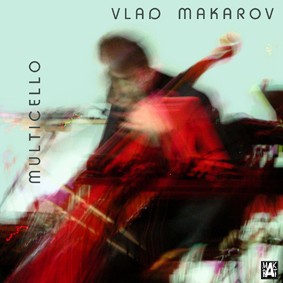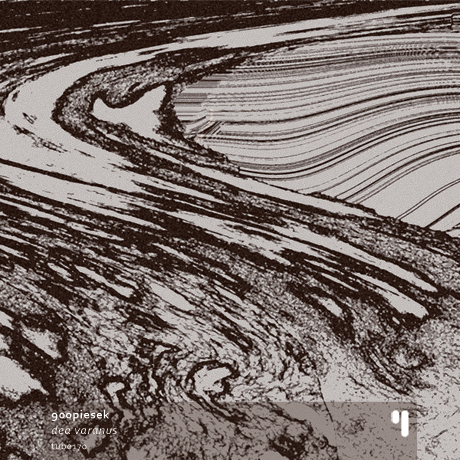La visione di Xenakis di un concerto per violino: Dox Orkh per violino e 89 strumenti.
Il titolo accosta le parole Orkh (in greco Orchestra) e Dox, che significa strumento ad arco.
L’analisi che segue è tratta da All Music Guide:
The music does proceed in traditional ritornello fashion, with statements by the violin being followed by answers from the orchestra, and so on. Rarely does the soloist play with the full orchestra. Xenakis had by this point written a number of pieces for the violin, both as a solo instrument (Mikka, Mikka “S”) and in a chamber context (Dikhthas, Ikhoor, Tetras, etc.). The solo part, then, is extraordinarily virtuosic, as any good concerto should be, but many of the technical difficulties are peculiar to this composer’s style. After a lengthy hiatus from using his characteristic sliding string glissandi (the solo violin piece, Mikka (1971), is nothing but glissandi!), Xenakis reintroduced the glissando in this piece. Indeed, this style of playing is one of the main features of the solo part in Dox-Orkh. The music proceeds episodically, the sinewy, at times frenetic, lines of the violin trading off with dense orchestral sonorities. Xenakis uses clusters widely, playing off the bright colors of high woodwinds with massive string blocks and aggressive brass sounds. There is what might be thought of as a typical “slow” movement in the middle of this continuous piece. The texture thins, leaving the violin and the horns to unfold a rather plaintive, modal-sounding melody. The melody is also the harmony, a tricky feat achieved by overlapping the instruments and having each sustain its melodic note past the next one. The violin, too, is asked to sustain a note on one string while playing the next note on an adjacent string, holding the first one until the note following. No doubt it is difficult for the violinist to keep fingers from getting tied in knots! The strings fill out a background pad at different points in this section, gradually increasing the activity until the texture changes definitively. As the music builds momentum and density, Xenakis inserts a funny little dance break, with cluster chords being bounced around the orchestra in rhythmic fashion. Not regular rhythms, but it certainly seems so at first hearing. The music winds up, building to a powerful orchestral passage, then dissipates, finishing with grating double-stops in the violin, and soft, slow-moving clusters in the orchestral strings.

 The new album by
The new album by  Matúš Mikula, aka 900piesek, è slovacco, uno dei giovani musicisti elettroacustici europei che creano una sorta di science fiction ambient con un po’ di nostalgia degli anni ’70.
Matúš Mikula, aka 900piesek, è slovacco, uno dei giovani musicisti elettroacustici europei che creano una sorta di science fiction ambient con un po’ di nostalgia degli anni ’70.